Introduction: Feeling Swamped? You’re Not Alone
Running a small business in Australia is often described as a balancing act—and for good reason. Between juggling client work, chasing invoices, managing staff, and trying to find a moment to actually plan ahead, it’s easy to feel like you’re constantly playing catch-up. The never-ending to-do list can quickly turn from helpful to overwhelming, especially if everything feels “urgent” and you don’t know where to start.
At Mintrix Business Advisory, we’ve worked with countless small business owners who are stuck in the same loop: busy all the time, but not necessarily productive. The problem isn’t always effort—it’s often about priorities. The good news? With the right tools and planning techniques, you can take back control of your time and get more of the right things done.
In this blog, we’ll explore how strategic planning and tools like the Eisenhower Matrix can help you manage your workload more effectively. You’ll learn how to prioritise tasks, stay focused, and avoid burnout—while still moving your business forward.
The Reality of Time Pressure in Small Business Life
Let’s start with some honesty: the average Aussie small business owner wears a lot of hats. You’re not just the manager—you’re also the marketer, the bookkeeper, the HR team, the IT support, and probably the cleaner too.
According to the Australian Small Business and Family Enterprise Ombudsman, around 97% of businesses in Australia are small businesses, many with just a handful of staff. That means most business owners are working long hours, often feeling like there just aren’t enough hours in the day. And when you’re caught in reactive mode—responding to emails, putting out fires, dealing with last-minute requests—it becomes harder to focus on long-term goals.
That’s where time management becomes not just helpful, but essential.
Why Planning Matters More Than You Think
Planning isn’t just about putting tasks in a calendar—it’s about creating a roadmap for how your time is spent. Without it, you end up doing whatever feels most urgent or most comfortable in the moment (hello, email checking). With a clear plan, you can make confident decisions about where your time is best spent—so you can stop reacting and start leading.
The key to good planning isn’t perfection—it’s clarity. You don’t need a fancy app or colour-coded spreadsheet (unless you love those). You just need to know what’s important, what can wait, and what needs to be let go.
Enter the Eisenhower Matrix: Your Secret Weapon for Prioritising
One of our favourite tools at Mintrix is the Eisenhower Matrix, a simple yet powerful framework for making decisions about what to do—and what not to do.
Here’s how it works:
Urgent and Important – DO IT NOW
These are tasks that are both time-sensitive and crucial for your business. Think: client deadlines, last-minute issues that can’t be ignored, or urgent financial matters. These should be your top priority.
Important, Not Urgent – PLAN FOR IT
These are your long-term growth tasks—things like strategy, marketing, and training. They’re essential for success but often get pushed aside because they don’t scream for attention. Book time in your calendar for these and treat them like real appointments.
Urgent, Not Important – DELEGATE IT
Just because something’s urgent doesn’t mean it needs you. These are the interruptions—calls, emails, admin—that could be handled by someone else. Delegating here is key to getting your time back.
Not Urgent, Not Important – DROP IT
This is the busy work—scrolling social media, constantly checking emails, reorganising your desk for the third time. These tasks feel productive but aren’t. Let them go or save them for downtime.
Why Small Business Owners Struggle with Prioritising
If it’s such a simple system, why isn’t everyone doing it? Because real life gets in the way.
Many small business owners fall into the trap of being “too busy to plan.” But the reality is, not planning is what’s keeping you busy. When everything is urgent, nothing really gets done well—and the most valuable tasks often get ignored because they don’t feel urgent.
Other common challenges we see include:Wearing too many hats: You can do everything, but you shouldn’t.People pleasing: It’s hard to say no to clients, suppliers, or staff.Fear of missing out: Saying yes to everything can feel like the safer choice—but it often leads to burnout.Lack of clarity: If you don’t know what your business priorities are, it’s hard to prioritise your tasks.
That’s why we encourage our clients to take a step back and look at the bigger picture.
Adding a Priority Level System to Your Workflow
In addition to the Eisenhower Matrix, many of our clients find it helpful to assign a priority level to tasks—especially when using project management tools like Monday.com or even a simple to-do list.
Here’s a four-level system we recommend:P1 – Do It Now: These are time-sensitive, mission-critical tasks that need your attention immediately. Think: urgent client requests, same-day deadlines, or anything that has a major impact on revenue or operations if delayed.P2 – Do It Today: Important tasks that should be completed by the end of the day. These might include replying to key emails, following up with leads, preparing for tomorrow’s meetings, or actioning daily admin tasks.P3 – Do It Next: These are important but less time-sensitive tasks that ideally should be tackled within the next few days. For example, writing that blog post, updating your website, or reviewing monthly reports.P4 – Do It Within Two Weeks: These are lower-urgency but still meaningful tasks that support your longer-term goals. Think of them as background work that you chip away at when you have space—like updating internal processes, training, or planning next month’s campaign.
By tagging tasks with these priority levels, you can reduce decision fatigue and focus your energy on what actually needs to happen now—without forgetting the rest.
Planning Tools We Recommend (And Use Ourselves)
You don’t need to overhaul your entire system to get started with better planning. Here are some tools and techniques that work well for small business owners:Outlook Calendar: Use time-blocking to organise your day and make space for focused work. Book appointments with yourself for your most important tasks and protect that time just like you would a client meeting.Monday.com: A great visual planning tool that makes it easy to track tasks, set priorities, and collaborate with your team. We love how you can customise boards to reflect your own workflow and Eisenhower categories or priority levels.Daily Top 3: Start each day by choosing your three most important tasks. It’s simple, effective, and helps you focus on what really matters.Weekly Planning Session: Spend 30 minutes each Sunday or Monday mapping out your week ahead. Look at your priorities, review your meetings, and adjust as needed.Monthly Business Review: Use the last week of each month to reflect, reset, and realign your actions with your bigger goals.
How This Helps in the Australian Small Business Landscape
In Australia, small business owners are known for their resilience, adaptability, and strong work ethic. But they also face unique challenges, including rising costs, staffing shortages, and red tape that can eat into your time.
That’s why having a solid planning and task management system isn’t just a “nice to have”—it’s a survival tool. Time is one of your most precious resources. Using it wisely can make the difference between just surviving and truly thriving.
At Mintrix, we’ve seen how simple planning systems can reduce stress, increase profit, and give business owners back control of their day. When you know what matters most, it becomes much easier to make confident decisions—even when things get hectic.
How Mintrix Helps You Plan with Purpose
We know that no two businesses are the same. That’s why we work closely with you to understand your specific pain points and create tailored solutions that fit your style.
Whether it’s:Helping you create a weekly schedule that actually worksReviewing your operations and identifying low-value tasks to delegateSetting up simple planning templates for your teamOr building a strategy around your top business goals…
…we’re here to make planning easier, not more complicated.
Final Thoughts: Planning Is an Act of Self-Care
Here’s something you don’t hear enough: planning isn’t just about getting more done. It’s about making space for what matters—whether that’s spending time with family, having space to think, or finally taking that weekend off without guilt.
So, if your task list feels like it’s running your life, not the other way around—take a breath. You’re not alone, and there is a better way.





